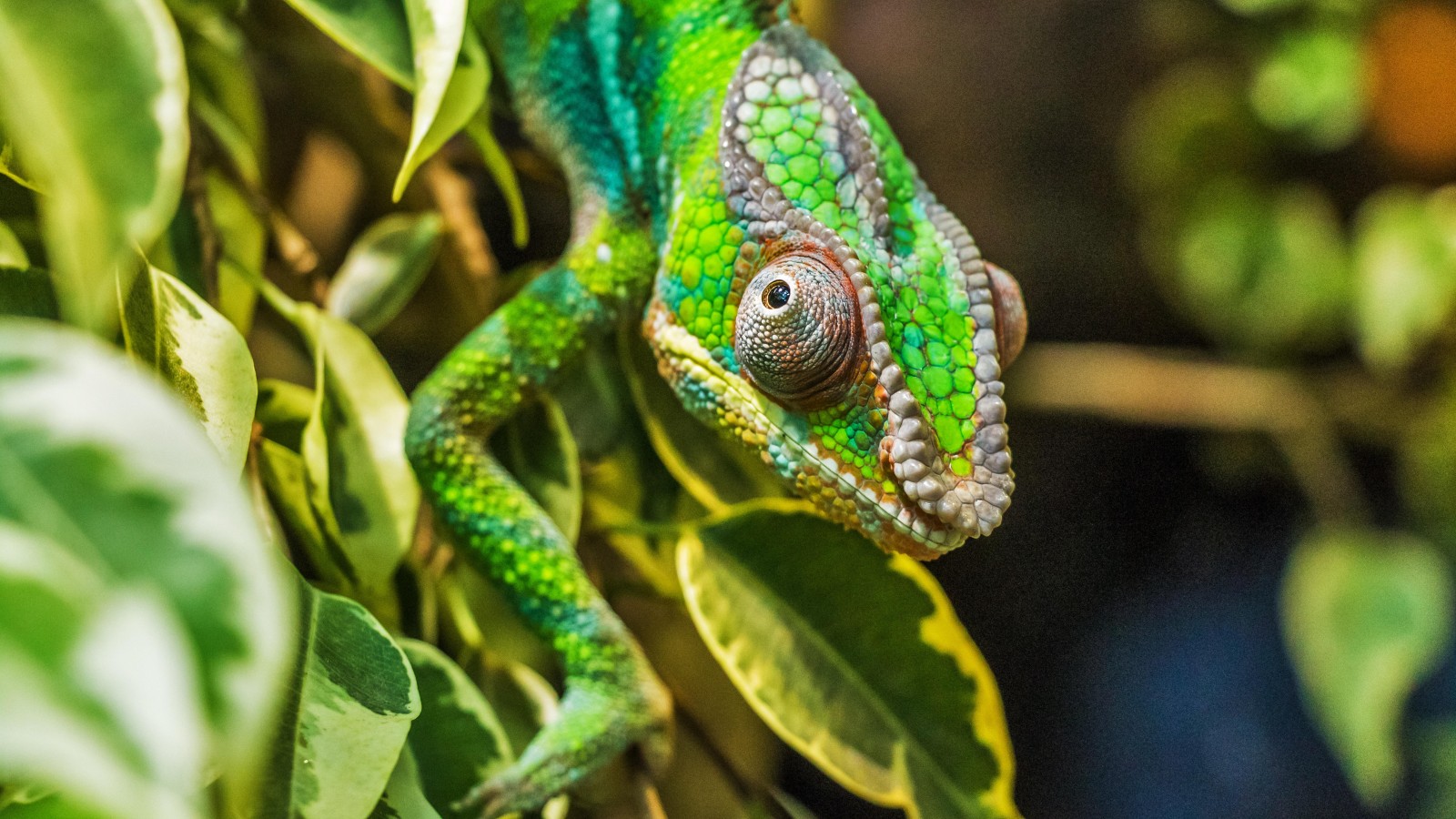Extinction threatens one in five reptile species, researchers say
Researchers have carried out the most comprehensive study of reptile species to identify extinction risks.

More than one-fifth of reptile species across the globe are threatened with extinction, with those living in forests found to be in far greater danger than those inhabiting arid areas, a new study reports.
In the most comprehensive extinction-risk assessment ever carried out on reptiles, researchers discovered that as many as 21.1% of all known species were at risk.
"It's just overwhelming the number of species that we see as being threatened," said study co-author Neil Cox. The researchers published their findings on April 27 in the journal Nature.
Prior to this new research, there had been no formal attempt to determine how many reptiles were at risk of extinction. Instead, conservationists relied on the International Union for Conservation of Nature's (IUCN) Red List of Threatened Species, which provides the risk status of birds, mammals and amphibians.
By using the Red List's criteria, the study researchers discovered 1,829 out of 10,196 reptile species were vulnerable, endangered or critically endangered — a total of 21.1% of the known species.
They also found that 57.9% of turtles and 50% of crocodiles are threatened; overall, 40.7% of amphibians, 25.4% of mammals and 13.6% of birds are considered threatened by the IUCN, according to the Red List.
The global study was carried out over 15 years with the help of 961 researchers representing 24 countries across six continents.
Sign up for the Live Science daily newsletter now
Get the world’s most fascinating discoveries delivered straight to your inbox.
For the study, researchers assessed preexisting surveys and datasets of turtles, crocodiles, lizards, snakes and tuatara in Africa, the Americas, Asia, Australia, the Caribbean, Europe and Oceania. Tuatara are endemic to New Zealand and are considered to be the last survivors of an order of reptiles that can be "traced back to the Triassic period, according to the New Zealand Department of Conservation.
The authors said reptiles were being threatened globally by agriculture, logging, urban development and invasive species. This would explain why the researchers found that 30% of reptiles living in forests were at risk of extinction compared to 14% of reptiles living in arid habitats, the authors said.

The researchers also found that threatened reptiles were concentrated in Southeast Asia, West Africa, northern Madagascar, the Northern Andes and the Caribbean — a finding that will enable conservationists to concentrate their efforts in places with the greatest need.
The study authors also narrowed down the primary threats for different groups of reptiles. For instance, lizards that live on islands are threatened by predators that have been introduced there by people. By comparison hunting and poaching are the main threats to turtles and crocodiles, the IUCN said.
How climate change is threatening reptiles is not known for certain due to a lack of long-term studies, the authors said. However, they wrote in the paper that climate change is a "looming threat" because it reduces the window when temperatures are right for the cold-blooded animals to forage, and it can also alter the sex ratios of offspring in species where that is determined by temperature.
"Reptiles are not often used to inspire conservation action, but they are fascinating creatures and serve indispensable roles in ecosystems across the planet," Sean T. O’Brien, President and CEO of NatureServe, which led the study in collaboration with the IUCN and Conservation International, said in a statement. We all benefit from their role in controlling pest species and serving as prey to birds and other animals."
David Crookes is a UK-based science and technology journalist who has been writing professionally for more than two decades. Having studied at the University of Durham in England, he has written for dozens of newspapers, magazines and websites including The Independent, The i Paper, London Evening Standard, BBC Earth, How It Works and LiveScience. He has been a regular contributor to Space.com's sister publication, All About Space magazine since 2014.










